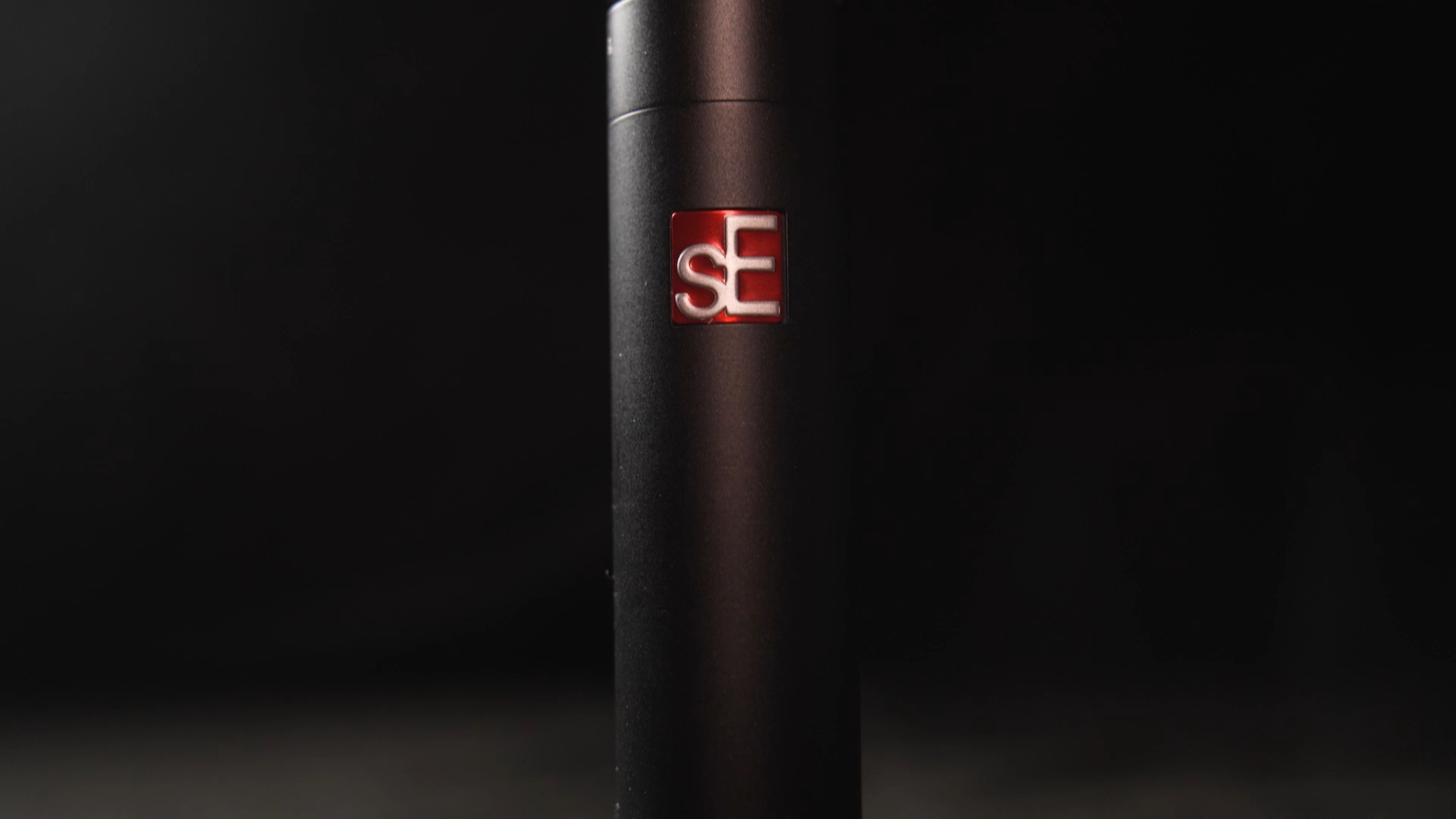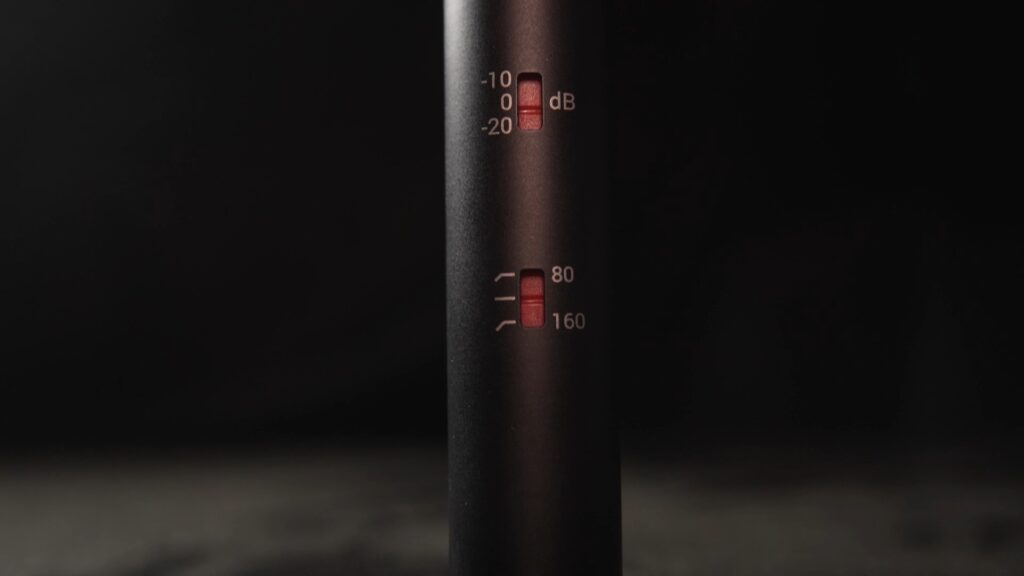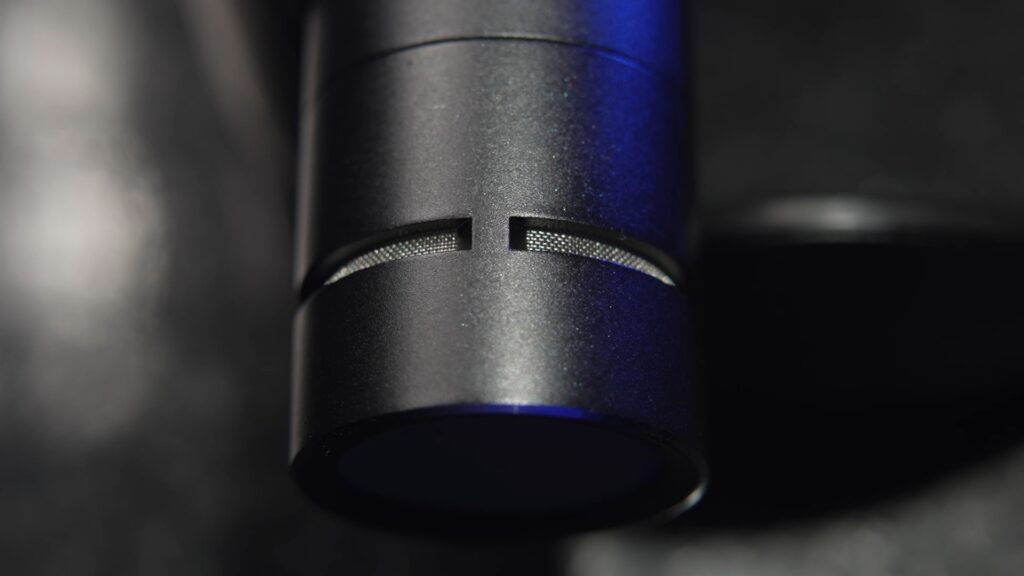Best Budget Cardioid Mic – sE8?
11 Jul 2024, Posted by in Reviews, Uncategorized
When it comes to audio, cinematographers and videographers tend to focus on shotgun (or super cardioid) style mics because they’re problem solvers. The most common problem we face is environmental noise, and these mics do the best job of eliminating the background. But they don’t do the best job of reproducing sound. You’ll spend $1,000 on a shotgun to get the quality of sound you can find in many $300 cardioid mics. And even industry standards like the Sennheiser MKH 416 doesn’t sound as good as these $300 cardioids in quiet indoor environments where you want a little room tone or more depth to the voice. These same mics will beat out the Sanken COS 11D in those situations we well. That’s why most sound professionals use a cardioid on set or indoors.

The sE8 has been called one of the best budget cardioid mics in the world. (sE is the brand name; “8” is the model.) At roughly $290 US, it’s not exactly cheap, but its favorably compared to a lot of $1,000 mics.
On paper, the mic looks good to outstanding. It requires 48 volts of phantom power and has a built-in attenuation pad with both -10 and -20 dB switches, meaning you can practically record a plane taking off before it distorts. And it has a low-cut filter that can do both 80 and 160 Hz. Having dual low-cut capacity is something you don’t find in most mics at this price point.
The build quality is excellent. It’s a fine-looking mic and quite weighty. The capsule is handcrafted. Yes, each one is assembled by hand. And while it looks replaceable, I don’t see any other polar pattern caps available for it. The frequency range is 20 to 20, which is fairly common, and the sensitivity is -32 dBV and a signal to noise ratio of 81 dB, both of which are excellent. It claims a noise floor of 13 dB, which is top of the cardioid class, though some users have disputed this claim. I can’t speak to the noise floor because I don’t work in a controlled studio environment; all of my recording environments are relatively noisy— meaning homes, offices, etc. The exact number of dB isn’t important to me, just so long as it’s quiet. And this one is.

Okay, that’s it on paper, but is it any good in real life? We reviewed it on our YouTube channel, and you can hear the mic, and compare it to a Michael Jolie modified Oktava MK012 and a Tram TR50 lav. The SE8 is frequently compared to the classic Newman KM184, and there are audio comparisons on other channels that delve into that comparison. To my ear, it’s a beautiful sounding mic. The bass is rich and warm with voice, with a gentle roll-off and a bright high end. It makes the most of the voice. That said, it’s not as transparent as my modified Oktava. If the goal of a mic is to reproduce the sound faithfully and precisely, the sE8 is too warm and rich. But the goal in production isn’t always faithful reproduction; sometimes we want the audio to support the intention of the scene. The sE8 is great at reproducing intimacy, warmth, and authority.
So at $285 is the SE8 the best cheap mic in the world?
I don’t know, but it’s a damn sweet mic for the price. And overall with my voice, I prefer it the Oktava MK012, and keep in mind that mine has been modified. Granted, any mic over $200 isn’t really cheap, unless you’re a professional sound guy who’s used to spending a grand or more. But this beautifully made, hefty little mic is an exceptional value. And I don’t think anyone would argue that it doesn’t produce sound on a level with the big boys. It’s punching far above its weight and wouldn’t be out of place at any level of production.
Sorry, the comment form is closed at this time.